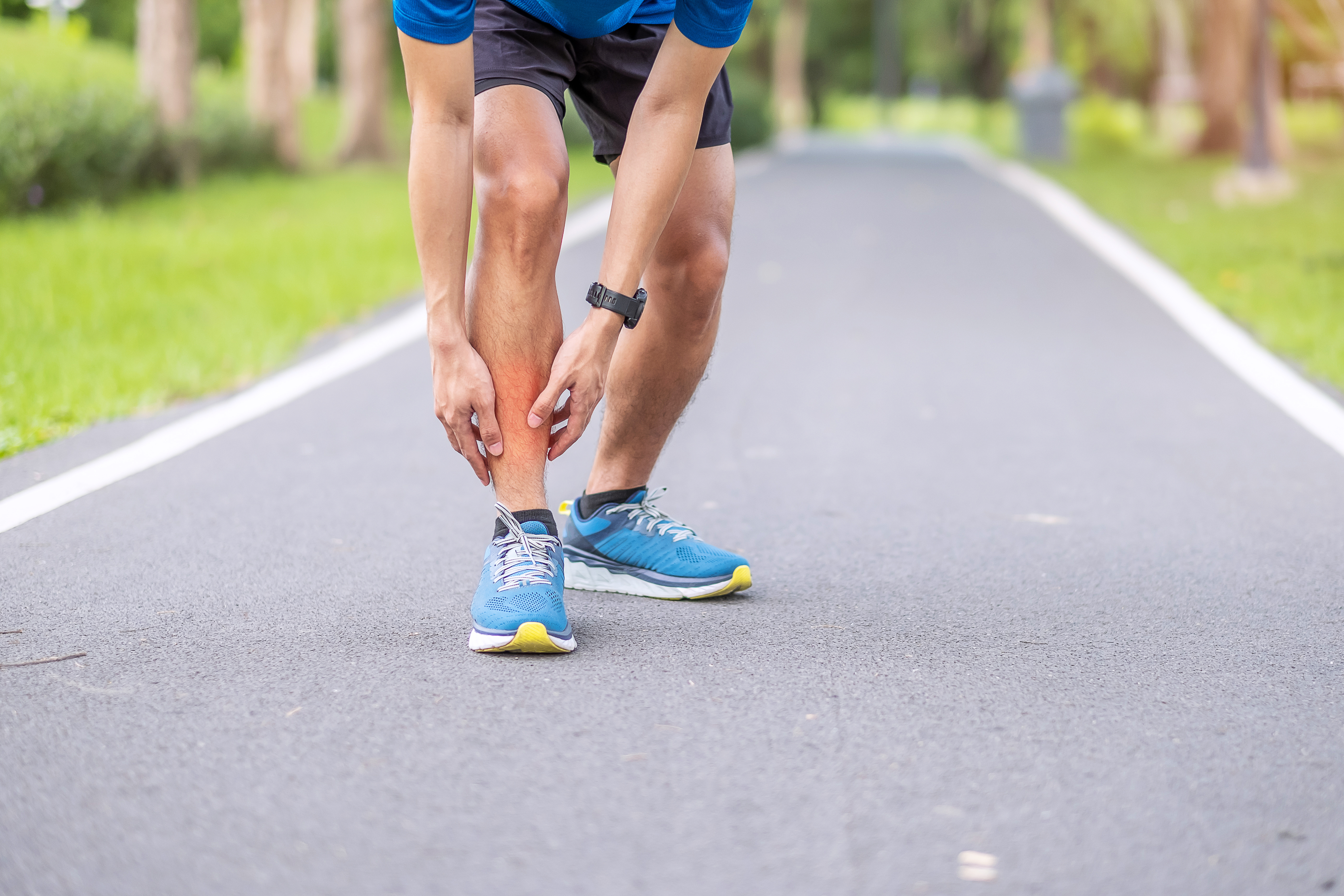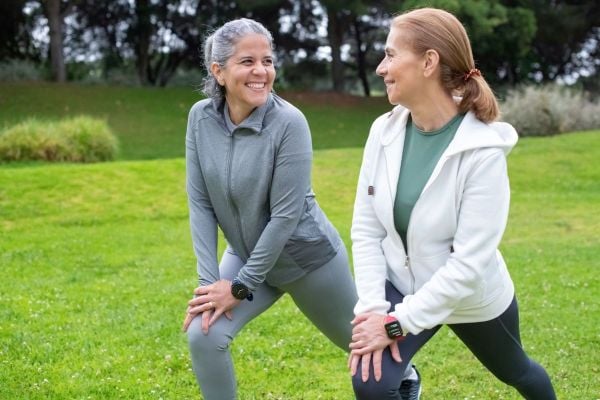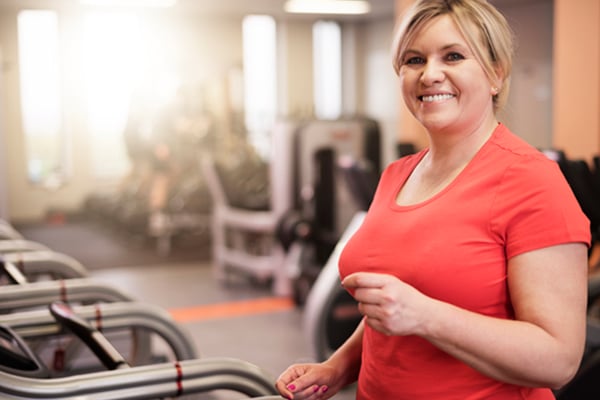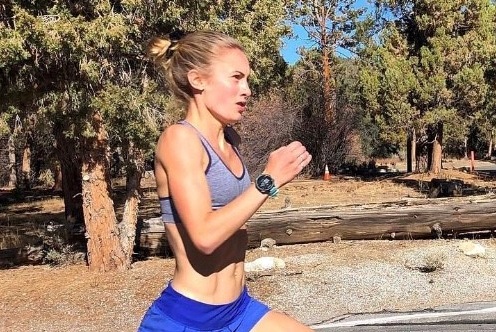
Preparing for the Olympic games with Lifemark
* This article was written by Jenna Westaway, a Canadian middle-distance runner that Lifemark is supporting to help her prepare for the 2020 Olympic Games. Jenna has competed in the 800 metres event at the 2014 IAAF World Indoor Championships in Sopot in Poland and the 2018 IAAF World Indoor Championships in Birmingham in the United Kingdom, among other prestigious international events.
We’re less than 6 months away from the 2020 Olympic Games. As an athlete, this is a goal I’ve had since the beginning of my track and field career 12 years ago. Finally, a long-held dream appears within reaching distance.
Along the way in my journey, I’ve represented Canada on several World Teams, medalled at international championships, and set two different Canadian records (1000m and 800m indoors). These experiences were not possible without a team to support me, and nor are my Olympic dreams. That’s why I’ve partnered with Lifemark Physiotherapy Jamieson & Townline and physiotherapist Stacey Klawitter, who has experience in Sports Physiotherapy and already plays an important role in my recovery protocol.
The importance of physiotherapy for an athlete
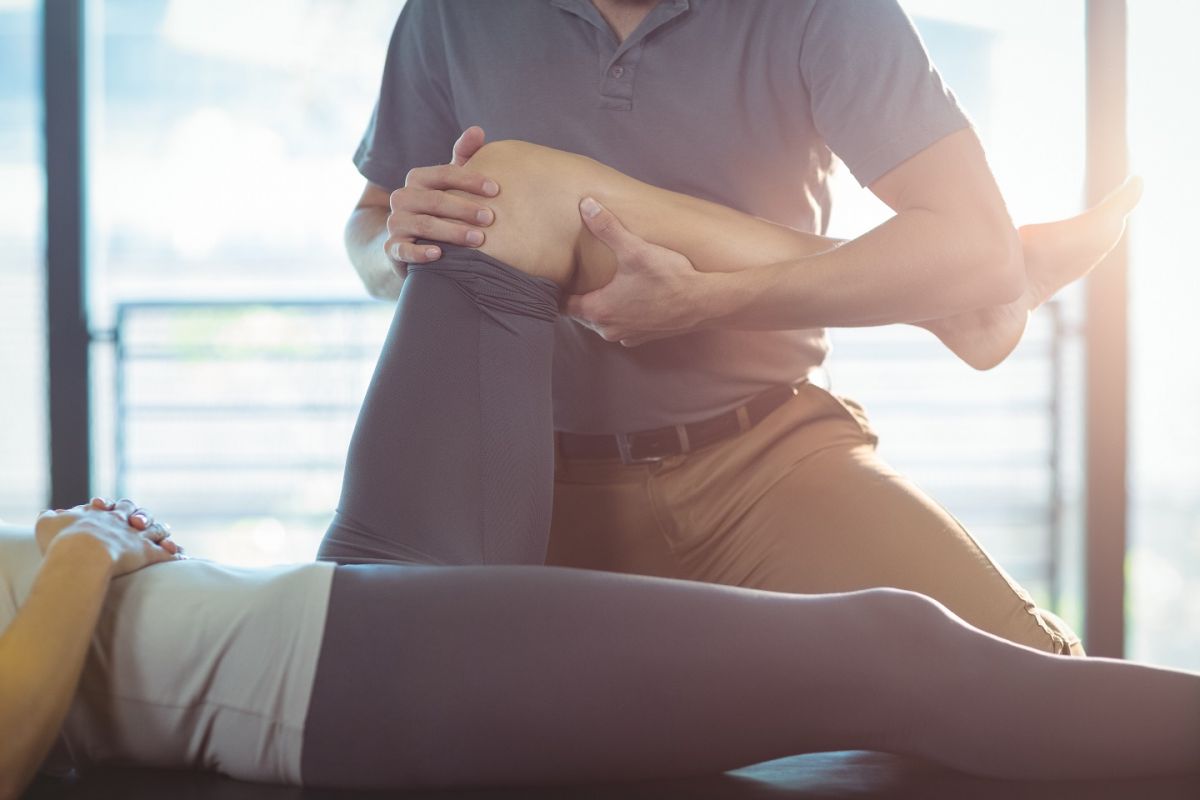
I have two reasons for seeking physiotherapy: Rehabilitation from previous injuries and Prehabilitation to minimize the likelihood of future injuries. With Stacey’s help, I can become sustainably stronger.
In August of 2019, I fell hard during a race. Nearing the final bend of an 800 m Grand Prix race in Sweden, I was sprinting for the finish line when a competitor’s foot clipped the back of my heel. The contact was just forceful enough to send me crashing into the ground.
I was able to get up and walk through the finish line to shake my competitor's hands, but gingerly. I stayed in Europe to participate in two other races, but my body was mangled and my running suffered. I ultimately ended my summer competitive season on a low note. I took a little time off to recover, but my body remained sore and misaligned.
At our first session together, Stacey reviewed my athletic background and medical history, both from a training and injury standpoint. This information frequently helps Stacey determine the best course of action and the most effective form of treatment for me. For example, following a recent injury, Stacey completed a painless physical assessment. Within ten minutes, she found misalignments and related strength deficiencies on the left side of my body, which led her to prescribe me specific exercises to incorporate into my daily routine.
Implementing positive changes
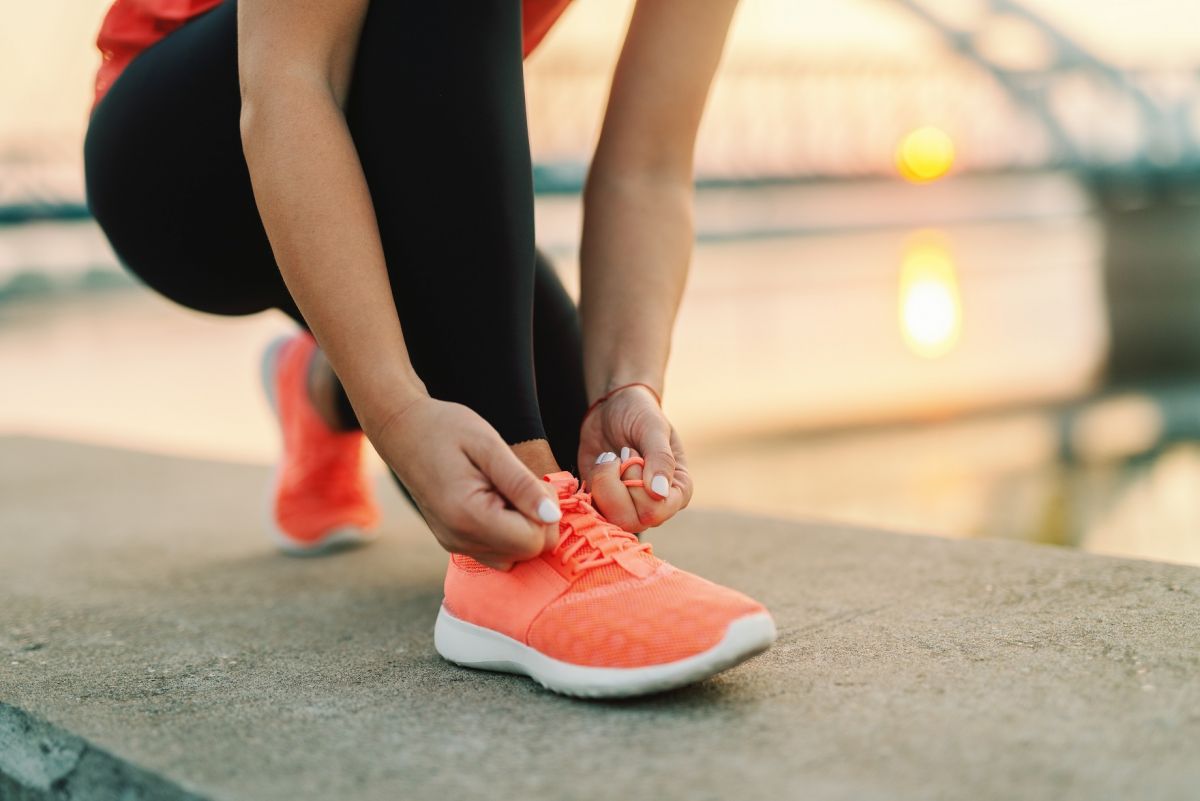
I’ve been doing Stacey’s exercises as “homework” for about two weeks now and I am definitely seeing (and feeling) improvements. My left glute is firing again, making my step more powerful. My thoracic spine is gaining mobility, and I can once again rotate my neck to look over my shoulder. This may sound simple, but for me this simple motion had been painful for months!
As I continue to work with Stacey, my body will become stronger and will progressively move more fluidly. My pain will subside and I’ll see positive changes in my running mechanics, which will undoubtedly enhance my speed and endurance, both of which will serve me well in 2020.
Now that we’ve covered why physiotherapy is so important for athletes, my goal is to continue taking you behind the scenes. In my next article, I’ll share with you my 2020 morning routine, including my physiotherapy “homework”. For now, I’ll sign off now with a small request: think about your morning routine and what you’d like to adjust in the New Year to start each day in wellness!
If you’d like to find a Lifemark clinic near you, you can check out the Locations page or book online to schedule an appointment.
